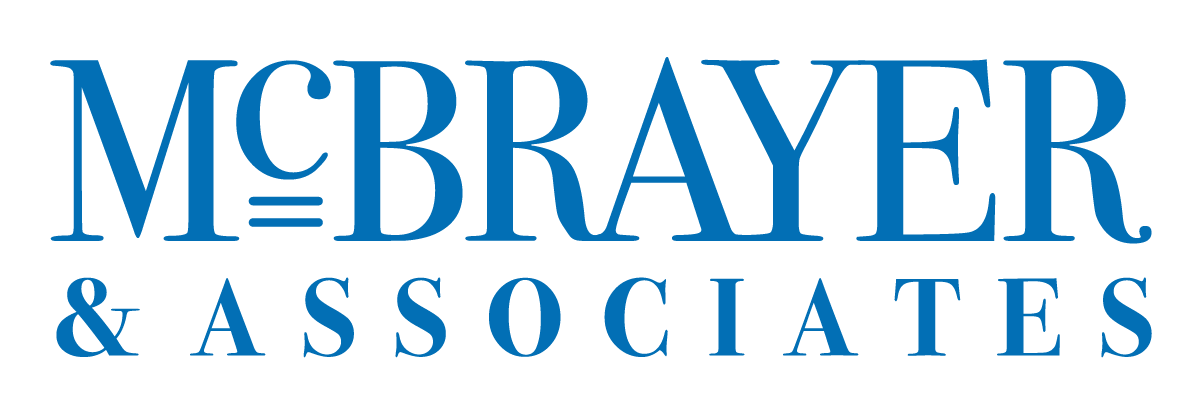3 Leading Indicators of the Sales Process

In Stephen Covey’s best selling book The 7 Habits of Highly Successful People, he introduces the concept of the “circle of concern verses circle of influence”.
The Circle of Concern would include areas where we have little control yet continue to fret over the outcome (reactive), whereas the Circle of Influence represents areas which we have the ability to persuade.
The more time we spend (proactively) in our circle of influence, the greater our circle of influence becomes. However, the more time we spend in our circle of concern, the more we reduce our influence.
What are the activities in the sales process that are within the Circle of Influence? In other words, what activities are both predictive and influenceable in achieving your sales goal? Because once you figure that out – and proactively act on those leading indicators – your Circle of Influence will expand.
These are the three leading indicators in the Sales Process.
1. Establish Trust
When you first meet with new prospects, their fear (or apprehension) is high and your level of credibility with them is low. Your objective is to raise your level of credibility in their eyes, and in so doing, lower their fear of doing business with you.
Most sales people start out by telling customers about their company and the features and benefits of their product; in essence, they start by selling. Selling breaks rapport! When you first meet a prospect, they don’t want to “be sold”. This is the first phase of the process and it’s called trust.
A better approach is to teach the prospect something that they are very interested in, and the one thing that all prospects are interested in is themselves. People are interested in their business (B2B) and their personal concerns (B2C).
To create natural rapport and position your sales person as an expert, it is best to educate prospects on market information that brings real value to them. Where selling breaks rapport, education actually builds it and increases your sales person’s level of credibility while lowering the prospect’s fears – fulfilling the first leading indicator: Establishing trust.
2. Create Urgency
The biggest mistake salespeople make is offering their solution too soon!
All prospects fall somewhere between being “satisfied” with their current situation and in “crisis” mode to take action. The closer the prospect is to “satisfied”, the less receptive they are to any solution; the closer they are to “crisis” mode, the more receptive they are to any solution.
When salespeople interact with prospects, especially early in the relationship, prospects tend to be closer to “satisfied” with their current situation. When do most salespeople offer their solution? At the very first opportunity, when prospects are least receptive to any solution. The key to creating urgency, the second leading indicator, is to replace “offering solutions” with “asking questions” that move prospects towards crisis mode.
3. Generate Preference
The presentation, proposal or the pitch is our opportunity to generate preference. Most sales presentations serve merely to convey data, but the objective of every presentation should be to persuade.
Once the salesperson has established trust and created urgency, the prospect must simply select the best option. They do this by comparing their choices. They need for one option to stand out as the clear choice.
This is where salespeople are given the opportunity to differentiate their solution. Salespeople must learn how to boldly contrast their solution against the other options. What can your solution do (or do quicker, safer, more accurate, etc.) that the others can’t?
Once the salesperson stakes their claim, by contrast, they must prove it! When salespeople learn how to contrast their solution and how to prove it, they will have delivered the third leading indicator: Generating preference.
